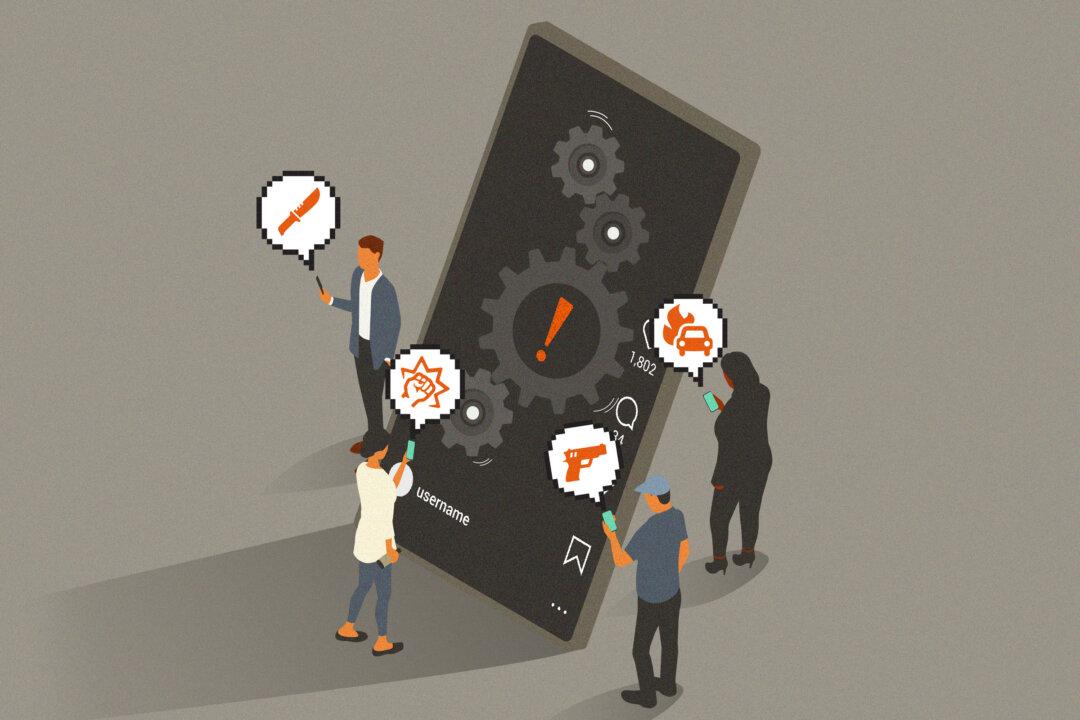Americans have been asking for disability benefits over the past year at the slowest rate in 15 years, showing that Americans are trading government benefits for jobs, according to Social Security Administration data.
Americans filled some 2,146,000 disability applications over the 12 months ending May, which, as a percentage of the U.S. population, is the lowest rate since January 2004.




